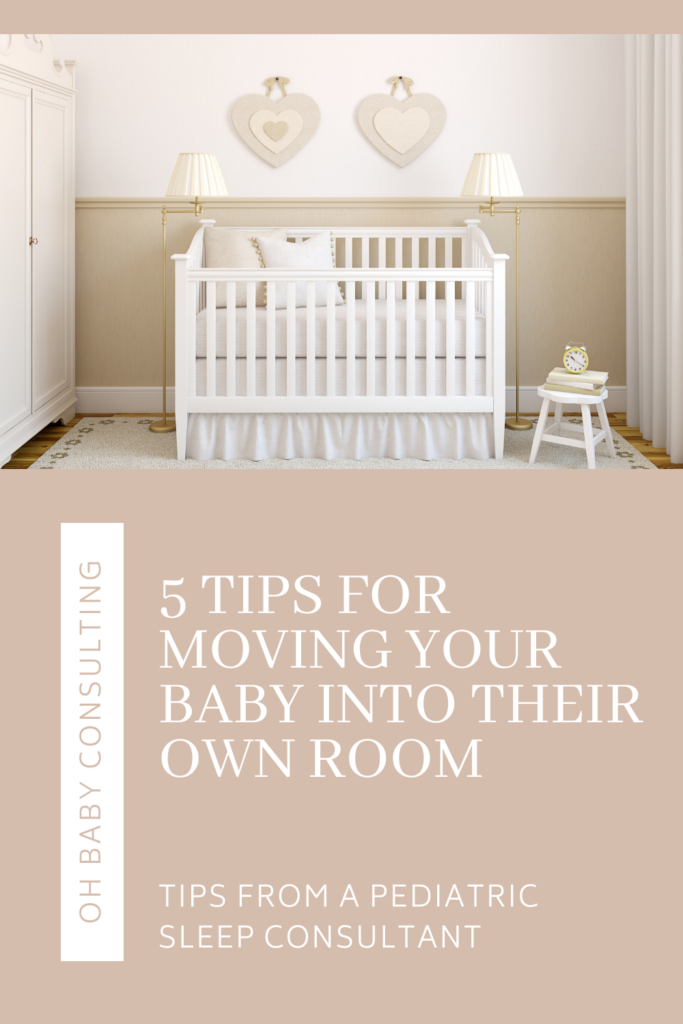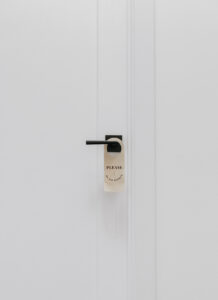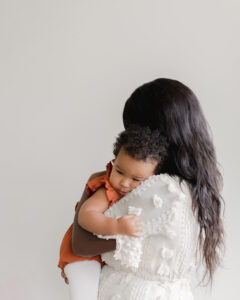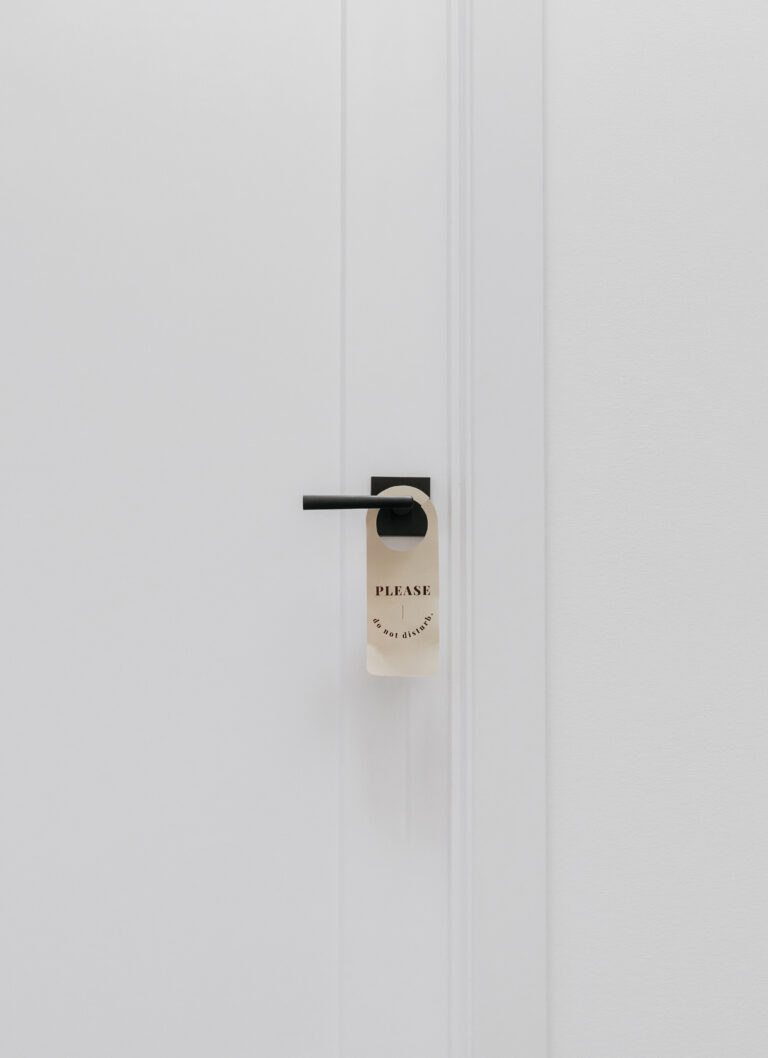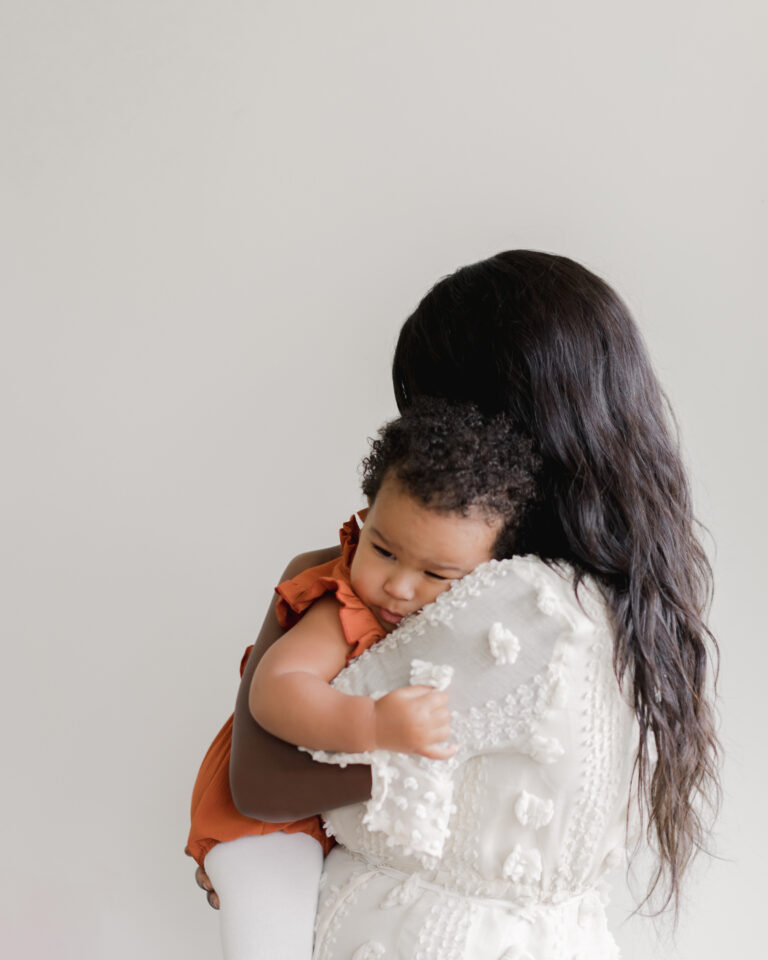Transitioning your little one from the bassinet next to your bed to a crib in a faraway land called their own room can feel very daunting. Some parents keep their babies close by simply because the transition feels too monumental and scary. Other parents want to wait until their baby is sleeping through the night. But your baby doesn’t have to be sleeping through the night before you make the transition; in fact, it may help them achieve longer stretches of sleep. When you’re ready to make the transition, here are five helpful tips to keep in mind.
By the way, the AAP does recommend room-sharing for at least 6 months as a protective measure for SIDS, but recently added that more research is needed on the efficacy of room-sharing beyond the 4-month mark. It was found that room-sharing with infants over 4 months yielded “less nighttime sleep, shorter sleep stretches, and unsafe sleep practices.” Ultimately, the duration of room-sharing is a decision best made by each family individually.
1. Create a sleep sanctuary
Turning your baby’s room into a sleep sanctuary will ensure that they are able to get the safest and most quality sleep they can. In addition to following safe sleep guidelines, this includes putting up blackout curtains, investing in a white noise machine like the Hatch or the Dohm, and eliminating stimulation like glowing lights or lullabies.
2. Spend some time playing in their nursery in the days leading up to the transition
Take some time to familiarize your baby with their room if it generally hasn’t been a place where they’ve spent a lot of time. Get them comfortable with the space by spending your awake time in there changing diapers, doing tummy time, and reading books. This can be especially helpful with older babies.
3. Move the bassinet first
If your baby has not outgrown the bassinet, move it into their room and have them spend the first 2-3 nights sleeping in their familiar bassinet in a new space.
4. Keep bedtime routines the same
If you have been implementing a consistent and predictable bedtime routine for several weeks or months, this is going to be the most helpful tool in easing your transition. After following a familiar, sequential bedtime routine, your baby will undoubtedly know exactly what is coming next: sleep!
5. Be confident & stay consistent
Oftentimes, parents are more nervous about this transition than they need to be, and in my experience, babies usually make this move without any issues. If you commit to the transition, stick with it! Your baby will appreciate and feed off of your confidence and you will have an adults-only bedroom again!
Many families choose to make this transition when they are ready to sleep train their baby. If you’d like to work together to make a plan for better sleep, I’d love to help.
